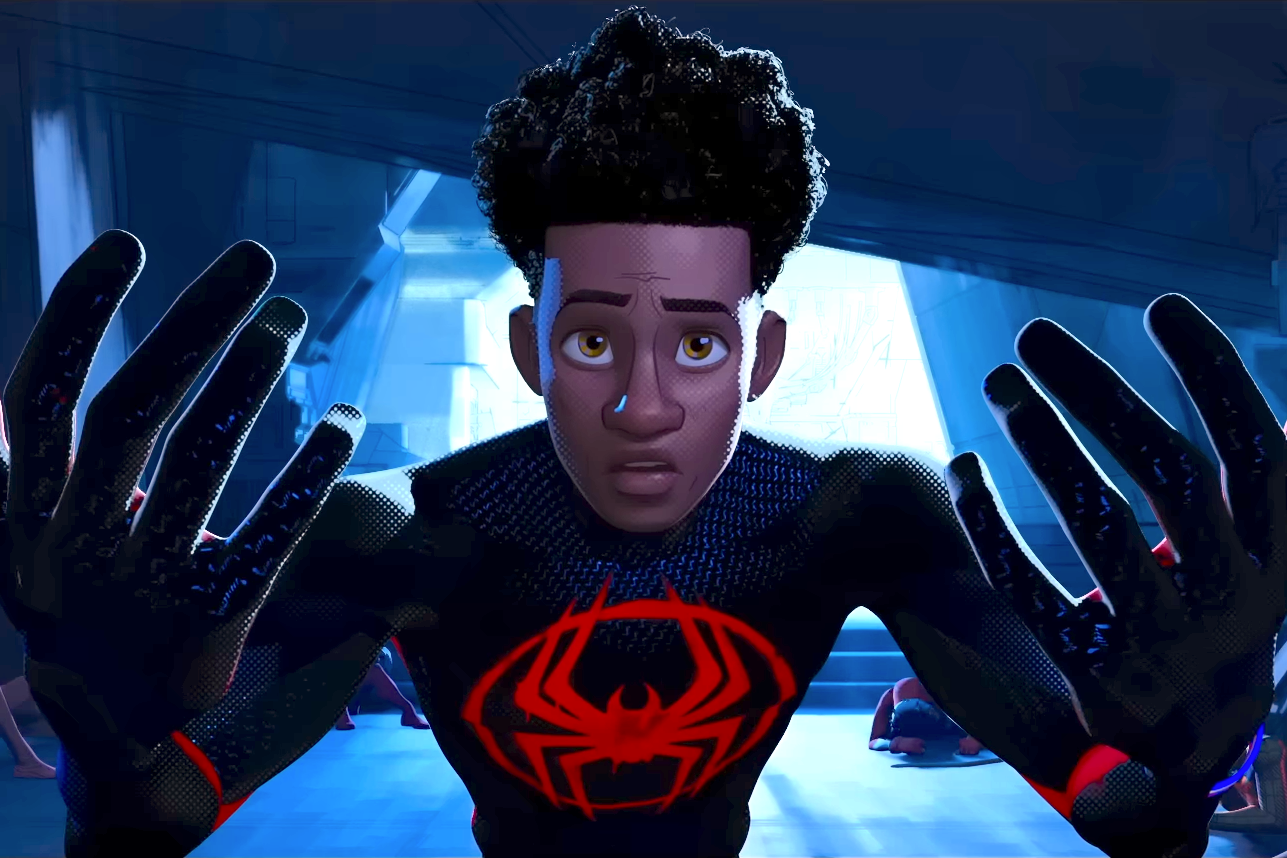Animated movies often get praised for their visual artistry, direction, or storytelling, but behind every expressive character is a voice performance that can make or break the entire experience. While some actors treat voice work as just another gig, others dive in with the intensity of a full-blown theatrical performance.
Here are five animated films, where the actors didn’t just read lines — they lived them, pushing the boundaries of voice-over acting and proving that great animation starts with great performances.
Aladdin (1992) — Robin Williams as Genie
Robin Williams didn’t just gift his voice to Genie — he became him. Standing in the recording booth like a stage, Williams improvised, riffed, and switched between characters and impressions at lightning speed. Over 16 hours of ad-libbed material was recorded, and many of his wildest takes were so good that Disney rewrote scenes just to include them because he could make over 50 distinct voices, accents, and impressions, switching mid-sentence.
In the end Williams’ spontaneity redefined what voice acting in animation could be. He injected so much energy and personality that Genie became one of the most iconic animated characters of all time—and raised the bar for celebrity voice roles in animation.
Shrek (2001) — Mike Myers as Shrek
Mike Myers originally recorded all of Shrek’s dialogue in a standard North American accent, however, after the film was nearly complete, he decided that Shrek needed a Scottish accent to sound more authentic — and funny (he was right!). Myers then re-recorded the entire role, causing millions in reanimation costs and significant delays.
The decision paid off. The Scottish accent added emotional texture and charm to the character. Myers also gave multiple takes with subtle emotional variations, helping animators find the perfect expression to match each line.
Rango (2011) — Johnny Depp as Rango
Director Gore Verbinski rejected the standard voice-booth approach. Instead, he put Depp and the rest of the cast into a makeshift Wild West set, complete with costumes and props, and had them physically act out scenes together. It was shot “radio play-style,” capturing the raw energy of live theater.
This method gave animators authentic visual references — real gestures, movements, and interactions — which they used to bring Rango’s quirky world to life. Depp didn’t just perform with his voice; he used his whole body to shape Rango’s twitchy, theatrical persona. The actor leaned into the oddball cowboy persona with full theatrical commitment, capturing subtle shifts in Rango’s self-perception.
Spider-Man: Into the Spider-Verse (2018) — Shameik Moore as Miles Morales
Shameik Moore treated his sessions like a workout. He recorded while wearing a hoodie and sneakers, jumping and breathing hard to capture the urgency of Miles’ scenes. He often insisted on multiple takes to get the physicality right — even syncing with the film’s unique 12fps animation style.
His grounded performance gave Miles a natural, relatable voice. His effort to match the character’s physical state — especially in action scenes — made every “thwip” and gasp feel real. His performance helped anchor the film’s emotional core amid the vibrant, chaotic multiverse.
The Princess and the Frog (2009) – Anika Noni Rose as Tiana
Broadway star Anika Noni Rose brought stage-level discipline to her voice work. She worked closely with directors to nail Tiana’s Southern cadence and emotional beats. For physically demanding scenes (like falling or lying down), she asked to record while in those positions, so her voice would sound realistic.
Her vocal control across both spoken lines and songs helped make Tiana a fully realized character. She didn’t just voice Tiana — she embodied her, creating a performance that blended natural dialogue with heartfelt musical expression.

